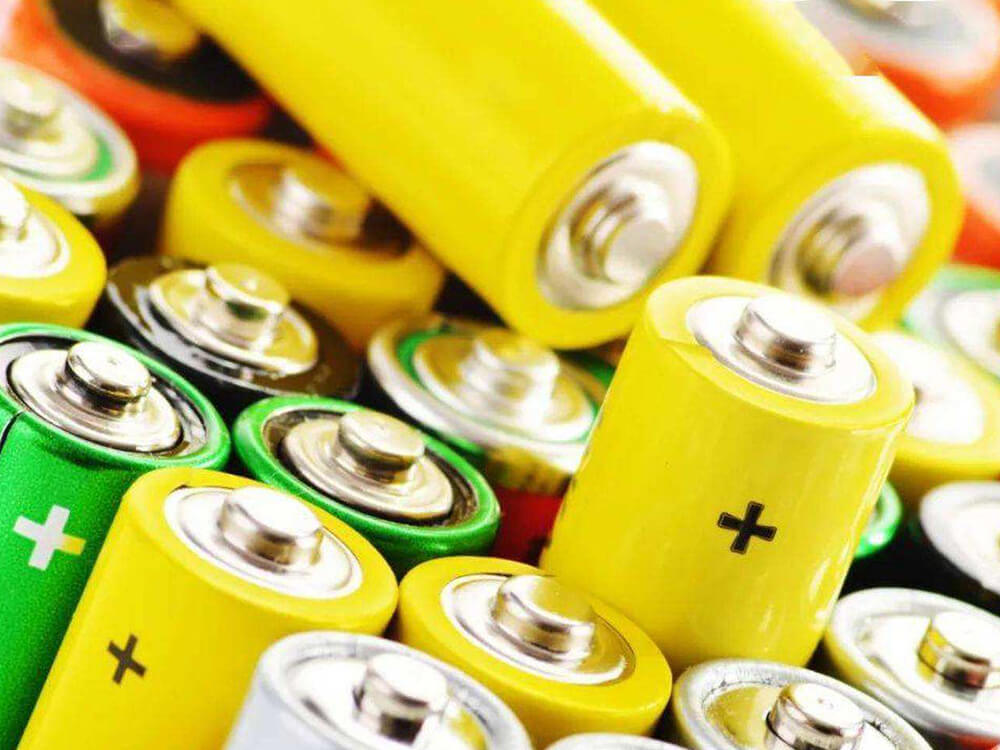HARNESSING GROWTH POTENTIAL: SILICON ANODE BATTERY MARKET TRENDS

The Rise of the Silicon Anode Battery
Introduction
The battery industry has been rapidly evolving to meet the growing demands of portable electronics and electric vehicles. Traditionally, lithium-ion batteries used graphite as the anode material which provided good stability but limited storage capacity. However, silicon promises a huge leap in energy density and could drive the next generation of batteries.
Higher Theoretical Capacity of Silicon
Silicon has a theoretical lithium storage capacity of around 4200 mAh/g which is nearly 10 times that of graphite at 372 mAh/g. This massive improvement in storage comes from silicon's ability to alloy with large amounts of lithium during charging. The process causes silicon to expand up to 300% of its original volume which creates stresses that have hindered its commercial use so far. Extensive research is ongoing to develop nanostructured silicon forms and conductive additives that can better manage this expansion and contraction during the charge-discharge cycles.
Improving Cycle Life with Nanotechnology
One approach scientists have found effective is to use silicon nanowires, nanoparticles or tinier structures. At the nanoscale, silicon is able to expand and contract without causing the cracking seen in bulk silicon. Researchers have synthesized silicon nanowires only a few tens of nanometers in diameter that can endure up to 1200 charge-discharge cycles with 80% capacity retention. Another strategy applies a conductive carbon coating on nano-sized silicon particles to improve electrical contact and buffer the large volume changes. Such engineered forms of silicon are starting to deliver battery life spanning over 500-1000 cycles making them commercially viable.
Managing the Solid Electrolyte Interphase Layer
During battery operation, an insulating solid electrolyte interphase (SEI) layer naturally forms on the anode surface from decomposition of the liquid electrolyte. On silicon, unstable SEI layers can break and reform with each volume expansion, consuming lithium ions and electrolyte. This causes rapid capacity fade over multiple charge-discharge cycles. Scientists are learning to craft stable, flexible artificial SEI layers made of polymers, oxides or carbon coatings tailored for silicon. Some methods employ molecular layer deposition to create an atomically thin, durable protective barrier. Properly engineered SEI layers on silicon are demonstrating long cycle life approaching that of conventional graphite anodes.
Pushing Performance Beyond Limits
Silicon anodes have been shown to deliver up to 2-3 times the energy density of lithium-ion batteries using graphite. Researchers are now pushing silicon even further with novel chemistries andformulations. One approach uses silicon-carbon composite materials containing 90% silicon content by weight. Laboratory cells built with suchadvanced anodes have demonstrated a capacity over 3000 mAh/g after 200 cycles, far exceeding the current theoretical limit for graphite. Other work involves doping silicon with elements like germanium, tin or oxygen, or fabricating core-shellstructures combining silicon with lithium-titanates or lithium-lanthanum titanates. These modifications enhance lithium diffusion, electrical conductivity and further stabilize volume changes during lithium alloying/de-alloying. Cutting-edge silicon technology is continually redrawing the boundaries for next-gen battery performance.
Cost Challenges and Manufacturing at Scale
While the energy density gains using silicon anodes are profound, translating this to mass market batteries first requires tackling costs and manufacturability challenges. Creating silicon nanostructures involves lengthy, energy-intensive processing which pushes up prices. The current cost of silicon anode materials can be 10-100 times higher than graphite. However, manufacturers are developing low-cost techniques like spray pyrolysis, vapor deposition and scalable wet-chemical approaches for mass production. As with any emerging technology, economies of scale will kick in as demand rises and fabrication matures. Battery pack designs may integrate both silicon and graphite anodes to balance performance and affordability. With continued progress, silicon is expected to displace at least 30% of graphite in lithium-ion batteries by 2030 according to some analysts.
Conclusions
silicon anode batteries market have made tremendous advances towards resolving the issues around large volume changes and enhancing cycle life to practical levels through nanoscale engineering and protective coatings. Its significantly higher charge capacity compared to graphite puts silicon at the forefront of next-generation high energy density batteries for electric vehicles and other applications. Although costs need to drop further, silicon anode production is ramping up to commercial volumes. Combining new manufacturing methods with innovative material formulations will help silicon batteries achieve mainstream adoption and drive further innovation across the industry. After overcoming developmental hurdles, silicon appears poised to revolutionize energy storage and power the technologies of tomorrow.